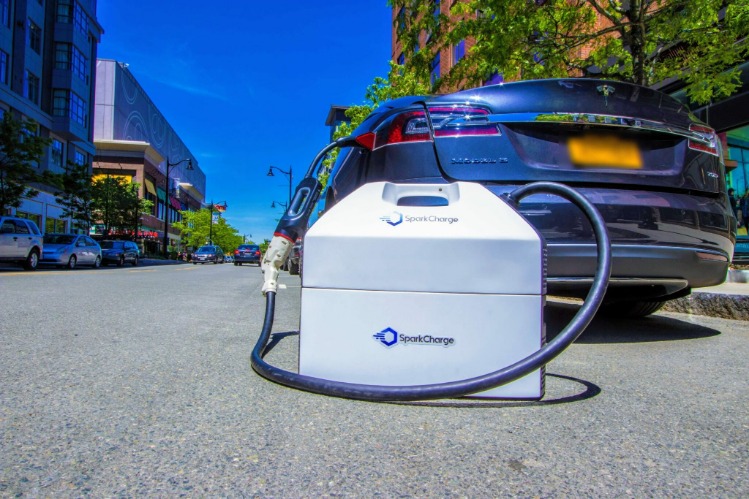Electric vehicles (EVs) are becoming increasingly popular as more and more people embrace the benefits of sustainable transportation. One of the key factors driving this trend is the availability of EV charging infrastructure. With advancements in technology, EV charging stations are becoming more widespread and accessible than ever before.
The Importance of EV Charging
EV charging plays a crucial role in the widespread adoption of electric vehicles. Without a reliable network of charging stations, drivers may be hesitant to make the switch from traditional gasoline-powered vehicles. However, as the number of EV charging stations continues to grow, drivers are gaining confidence in the ability to charge their vehicles conveniently and efficiently.
Read more about EV charging cost here.
Types of EV Charging Stations
There are several types of EV charging stations available, each offering different levels of charging speed. Level 1 chargers are the most basic and can be plugged into a standard household outlet, while Level 2 chargers provide faster charging speeds and are often found in public locations like shopping centers and workplaces. DC fast chargers offer the fastest charging speeds and are typically located along highways for quick recharging on long road trips.
With the increasing popularity of electric vehicles, businesses and municipalities are investing in EV charging infrastructure to attract environmentally-conscious customers and residents. By offering convenient charging options, these organizations are not only supporting the transition to sustainable transportation but also positioning themselves as leaders in the green economy.
In conclusion, EV charging is a critical component of the shift towards electric vehicles. As technology continues to evolve and charging infrastructure expands, electric vehicles are likely to become even more mainstream in the coming years. By investing in EV charging infrastructure now, we can pave the way for a more sustainable future in transportation.




